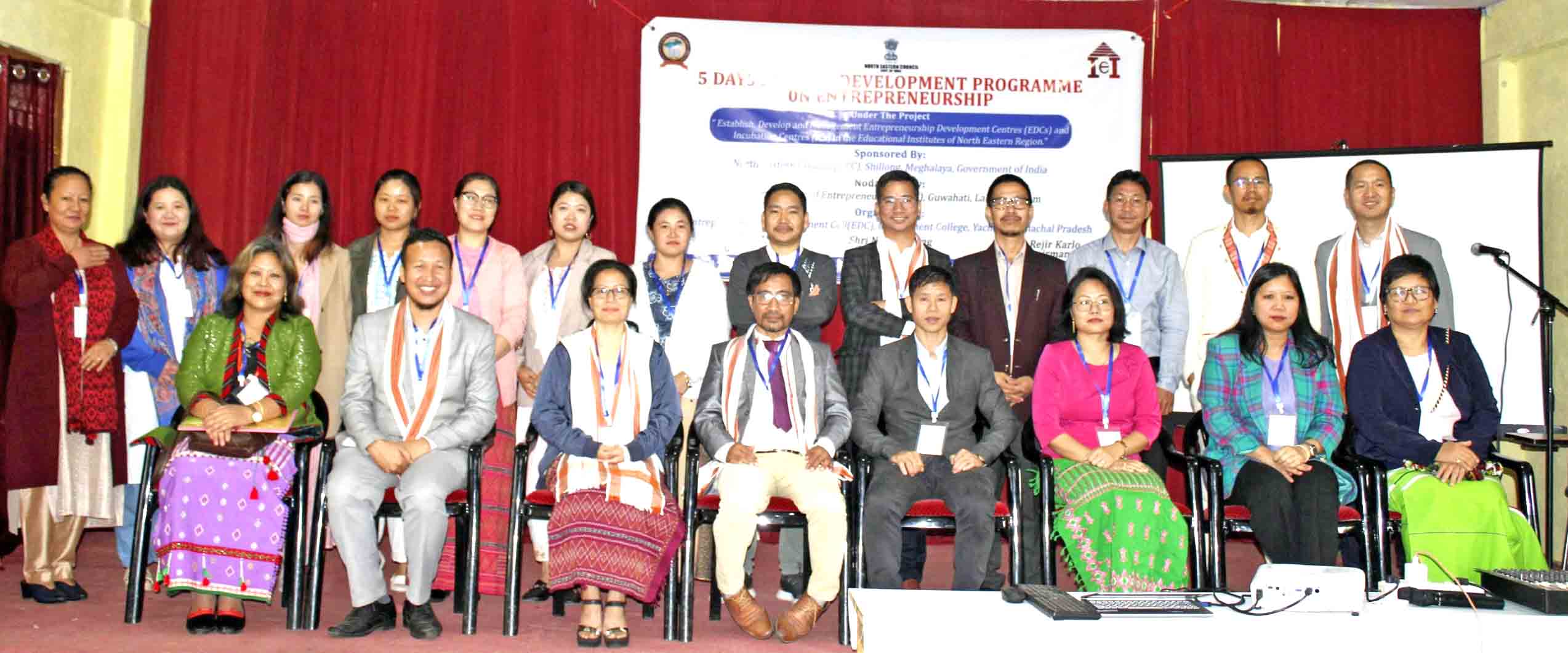-
Capital DA seeks citizens cooperation to check earth cutting,…
-
AYA must lead crusade against drug menace:Nani Opo
-
Whistleblower Gyamar Padang remembered on first death Anniversary
-
CoSAAP appoints new executive members for East Siang
-
 Maiden FDP concludes at GC Yachuli
Maiden FDP concludes at GC Yachuli
-
One feared dead as pickup plunges in Kurung river
-
 Governor calls for youth involvement in Red Cross
Governor calls for youth involvement in Red Cross
-
 Saint Claret holds Commencement Ceremony
Saint Claret holds Commencement Ceremony
-
 Arunachal boy opens rehabilitation centre especially for female addicts
Arunachal boy opens rehabilitation centre especially for female addicts
-
Former DDSE arrested for illegal appointments in education …

Agencies
China renaming six places in Arunachal Pradesh is an attempt to show its severe displeasure to India for allowing the Dalai Lama to visit the Tawang monastery
NEW DELHI, Apr 23: Most of the six places in Arunachal Pradesh that China renamed recently have some significance related to the Dalai Lama or Tibet, a China expert said on Sunday.
“This is only an attempt to show its severe displeasure to India” for allowing the Dalai Lama to visit the Tawang monastery in Arunachal Pradesh and address religious congregations there, Srikanth Kondapalli, a professor of Chinese studies at the Jawaharlal Nehru University, told PTI.
China had earlier this week given a new name, Wo’gyainling, to Guling Gompa, located on the outskirts of Tawang. This is the place where the sixth Dalai Lama was born. Daporijo town in Upper Subansiri district was named Mila Ri. It is located besides the river Subansiri, which is one of the principal rivers of Arunachal Pradesh and a major tributary of the Brahmaputra.
Kondapalli said this place has been used by people from Tibet to enter into India and was a corridor that has not seen military presence from either side for many years. Renaming of Mechuka as Mainquka was to challenge India’s claim on the area as it is strategically located, with heavy military presence, he said. The Indian Air Force maintains an Advanced Landing Ground there, which is located in West Siang district.
Bumla, the place where the Dalai Lama made his first stopover during his 4-13 April visit to Arunachal Pradesh, has also been renamed by the Chinese as Bumola. Kondapalli said this area was invaded in 1962 by the Chinese troops who were subsequently pushed back by the Indian Army. Namaka Chu area has been renamed as Namkapub Ri, he said, adding the area has a huge potential for hydro-electricity.
China renamed a sixth place as Qoidengarbo Ri area but it is not clear which place in Arunachal Pradesh it refers to. According to Kondapalli, these areas also have a huge potential for agriculture and fisheries besides hydro- electricity. All these places came into prominence in the 1980s when several Chinese strategic scholars started writing about them, saying these could solve problems of electricity and vegetation in Tibet, he said.
These green areas, capable of producing vast quantities of food, were seen by Chinese scholars as the “apple of the eye” of the Tibet region, which is generally dry, Kondapalli said. He said this was part of a trend started by China of giving names to their claims—specifically the islands in South China Sea where it has conflicting claims with Southeast Asian countries. Kondapalli suggested that India can hit back at China by renaming Aksai Chin and Mansarovar areas, which are under Chinese occupation but claimed by India.

Kenter Joya Riba
(Managing Editor)She is a graduate in Science with post graduation in Sociology from University of Pune. She has been in the media industry for nearly a decade. Before turning to print business, she has been associated with radio and television.
Email: kenterjoyaz@easternsentinel.in / editoreasternsentinel@gmail.com
Phone: 0360-2212313

